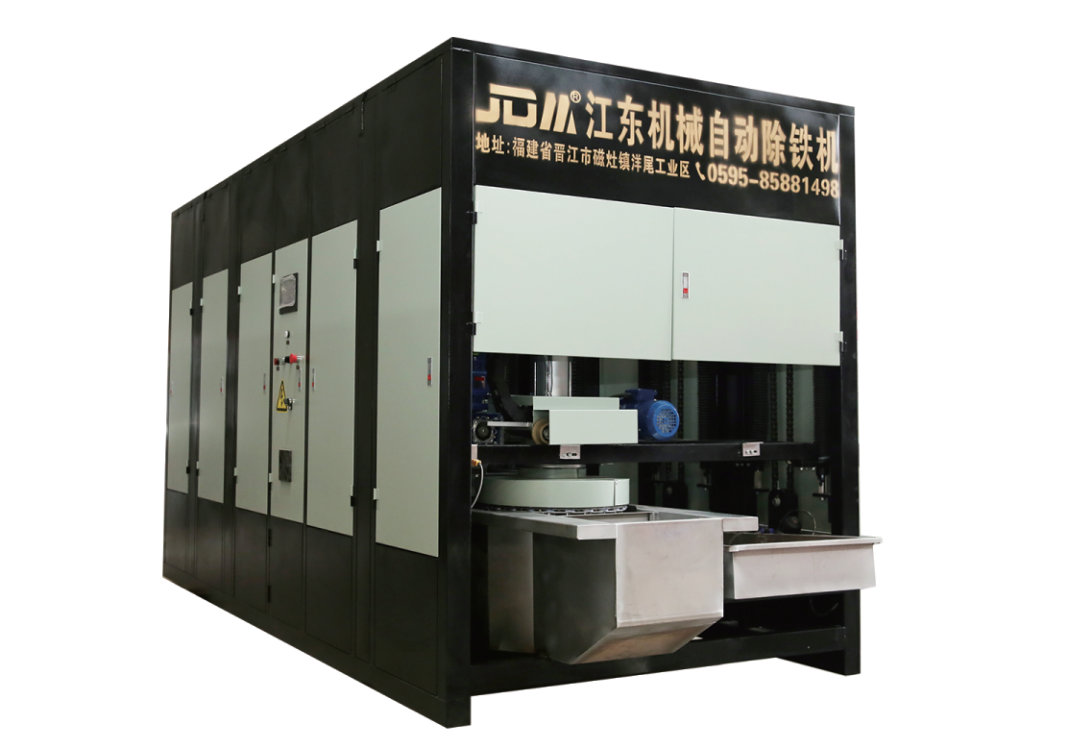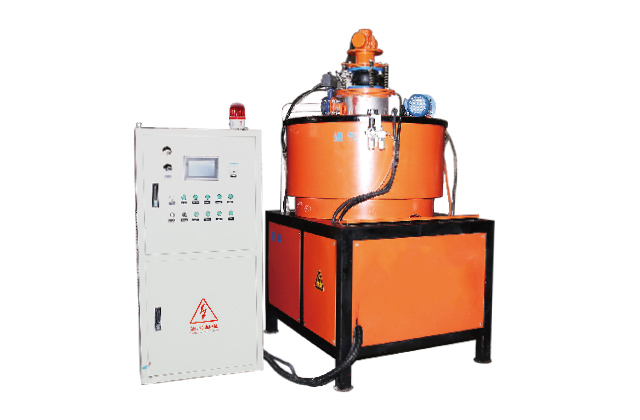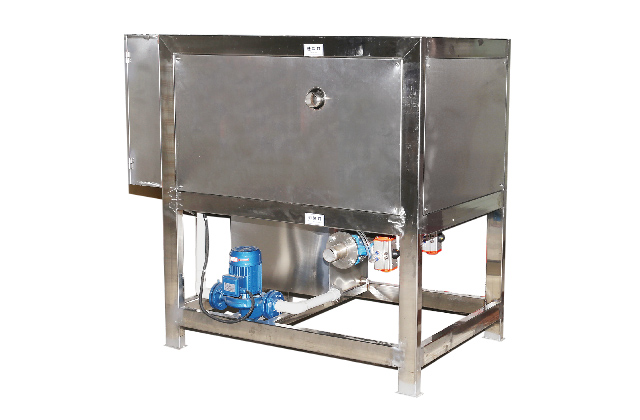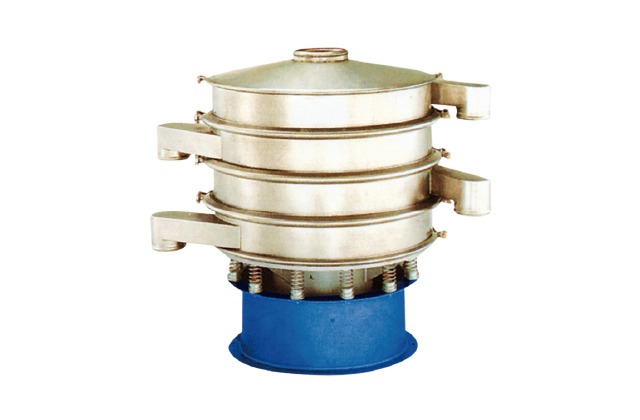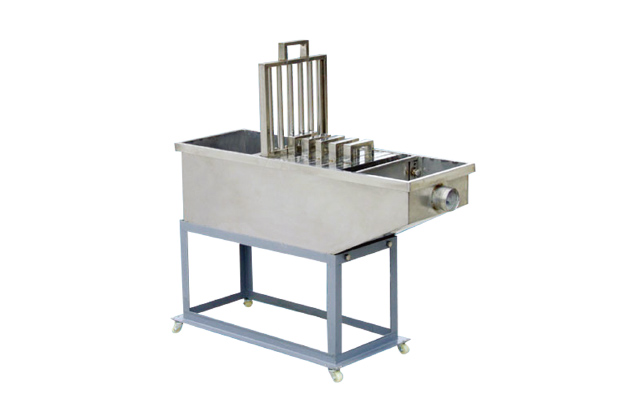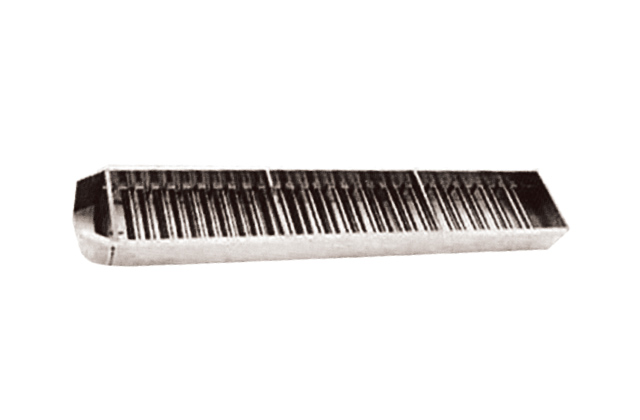September 16, 2025
How Does the De-Ironing Separator Function Improve Industrial Processes?
Understanding the De-Ironing Separator Function
The de-ironing separator function is a critical component in various industrial processes, particularly in the mining, metallurgy, and water treatment sectors. But how exactly does it work, and why is it so essential for modern industries? In this article, we’ll delve into the mechanics, applications, and benefits of the de-ironing separator function, helping you understand its role in improving efficiency and reducing costs.
What is De-Ironing Separator Function?
De-ironing, or the removal of iron from materials, is a process that has gained significant attention in recent years. The de-ironing separator function refers to the ability of a device or system to separate iron particles from other substances, such as minerals, ores, or water. This process is crucial for ensuring the quality of the final product and preventing contamination.
For instance, in mineral processing, iron contamination can lead to discoloration or reduced purity of the final mineral product. By integrating a de-ironing separator, industries can effectively remove iron particles, resulting in higher-quality outputs.
Why is De-Ironing Important in Industrial Processes?
Iron, while a valuable metal on its own, can be a detrimental impurity in many industrial applications. For example, in the production of glass or ceramics, even trace amounts of iron can cause unwanted coloration or weaken the final product. Similarly, in water treatment, iron contamination can lead to staining and plumbing issues.
The de-ironing separator function addresses these challenges by providing a reliable and efficient way to remove iron particles. This not only enhances the quality of the final product but also reduces the risk of damage to equipment and pipelines.
How Does the De-Ironing Separator Function Work?
The de-ironing separator function operates based on magnetic separation principles. Iron particles are naturally magnetic, and the separator uses this property to attract and remove them from the material stream. The process typically involves the following steps:
- Feeding the Material: The material containing iron particles is fed into the separator.
- Magnetic Separation: A magnetic field is applied, causing the iron particles to be attracted to the magnet while the non-iron material passes through.
- Collection: The separated iron particles are collected for recycling or disposal.
Now, you might be wondering, “Is this process suitable for all types of materials?” The answer is yes. Modern de-ironing separators are designed to handle a wide range of materials, from minerals and ores to water and slurries.
Applications of De-Ironing Separators
The versatility of de-ironing separators has made them a staple in various industries. Let’s explore some of the most common applications:
- Mineral Processing: Removing iron impurities from minerals like quartz, feldspar, and kaolin to improve their quality.
- Water Treatment: Eliminating iron from water supplies to prevent staining and maintain water quality.
- Recycling: Separating iron from other materials in recycling streams to recover valuable metals.
- Ceramics and Glass Production: Ensuring the raw materials used are iron-free to produce high-quality glass and ceramic products.
These applications highlight the widespread importance of the de-ironing separator function in maintaining product quality and operational efficiency.
Challenges and Solutions
While the de-ironing separator function is highly effective, there are some challenges to consider. One common issue is the presence of weakly magnetic iron particles, which may not be fully separated by standard magnetic separators. To address this, advanced separators with stronger magnetic fields or multiple separation stages are often used.
Another challenge is maintenance. Regular cleaning and maintenance of the separator are essential to ensure optimal performance. Failure to do so can lead to reduced efficiency and even equipment damage. By implementing a routine maintenance schedule, industries can minimize downtime and extend the lifespan of their equipment.
Conclusion
The de-ironing separator function plays a vital role in enhancing the efficiency and quality of various industrial processes. By effectively removing iron particles, it helps prevent contamination, reduces equipment damage, and ensures the production of high-quality materials. As industries continue to evolve, the demand for reliable and efficient de-ironing separators is expected to grow, driving innovation in this field.
Whether you’re involved in mineral processing, water treatment, or another industry, understanding the de-ironing separator function can help you optimize your operations and achieve better results.

